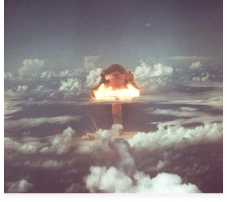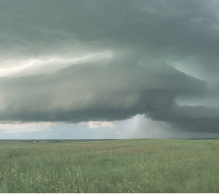Read the Latest
- Stop Iran’s Nuclear Threat With a Deal, Not Conflict
- ‘Everything we had floated away’: Hurricane Helene survivors help each other as disinformation swirls
- ‘Turning Point’ Docuseries Deconstructs The Cold War and Warns of Another
- Federal Firings Threaten Great Lakes’ $5 Billion Fishery
- Amid new Trump era, South Korea considers ‘plan B’ – building its own nuclear weapons
Educational Resources
- Projects
- Events
- Our Team
- Stories and Resources
- Latest Stories
- Stop Iran’s Nuclear Threat With a Deal, Not Conflict
- ‘Everything we had floated away’: Hurricane Helene survivors help each other as disinformation swirls
- ‘Turning Point’ Docuseries Deconstructs The Cold War and Warns of Another
- Federal Firings Threaten Great Lakes’ $5 Billion Fishery
- Amid new Trump era, South Korea considers ‘plan B’ – building its own nuclear weapons
- Topics
- Educational Resources
- Newsletter
- Connect

